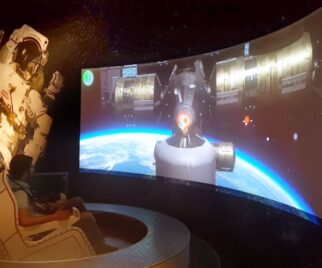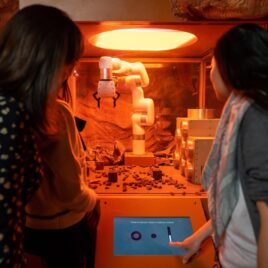Interactive art exhibits within the realm of science centers and museums transcend the boundaries of traditional art displays, inviting visitors to not only observe but actively participate in the artistic process. These exhibits weave together technology, creativity, and engagement to provide a unique and immersive experience. Let’s delve into the significance of interactive arts exhibits and explore a captivating list of examples that showcase the fusion of art and interactivity.
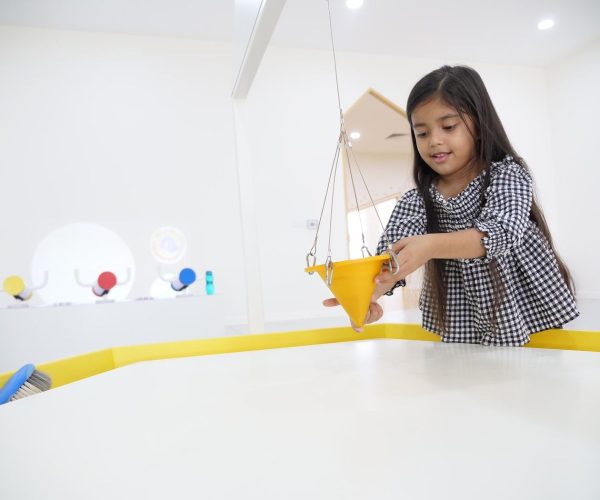
Interactive Art Exhibits: A Captivating List
- Digital Graffiti
- Art Machine
- Drum and Ferrofluid
- Spiro Wall
- Musical Wall
- Laser Harp
- Projected Master Painting
- Human Tree
- Sand Pendulum
- Spin Wheel Paint
- Heartbeat Drum
- Sand Art
- Sketch your Music
- Spin Wheel Paint
- Interactive Kinetic Sculpture
- Interactive Sketch
- Spiro Wheel
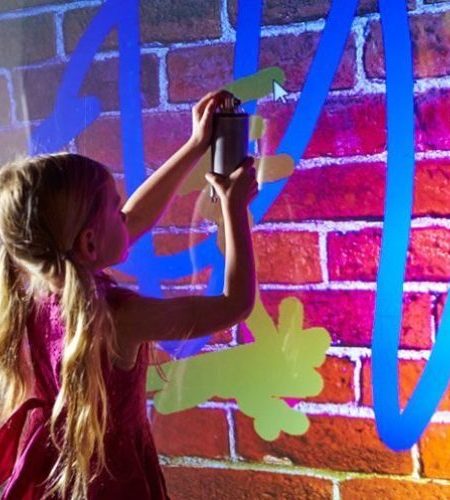
The Importance of Interactive Art Exhibits
1. Democratizing Art:
Interactive art exhibits break down barriers, making art accessible to a wider audience. Visitors become active participants, contributing to the creation of art rather than just observing, fostering a sense of inclusivity and empowerment.
2. Fusion of Creativity and Technology:
These interactive equipment showcase the seamless integration of creativity and technology. By incorporating elements like digital projections, interactive sensors, and kinetic sculptures, artists and visitors alike explore new avenues for artistic expression.
3. Engagement and Participation:
Interactive art exhibits transform the passive act of viewing art into an engaging and participatory experience. Visitors can touch, manipulate, and even become a part of the artwork, creating a deeper connection between the viewer and the artistic creation.
4. Exploration of Multisensory Experiences:
Beyond visual appeal, these exhibits often engage multiple senses. From the sounds of a heartbeat drum to the tactile experience of creating sand art, visitors immerse themselves in a multisensory artistic journey.
5. Encouraging Creativity and Expression:
By providing an interactive platform, these exhibits inspire visitors to tap into their own creativity. The act of creation becomes a shared experience, encouraging self-expression and artistic exploration.
6. Education Through Experience:
Interactive arts exhibits serve as educational tools, offering insights into the creative process and the fusion of art with technology. Visitors learn by doing, gaining a deeper understanding of artistic techniques and the possibilities of interactive mediums.
7. Community Engagement:
Science centers, children’s museums, art museums and discovery centers as community hubs, use interactive art exhibits to engage diverse audiences. These exhibits become spaces where communities can come together, share experiences, and appreciate the transformative power of art.
8. Inspiring Future Artists:
For young minds, these exhibits can spark an early interest in artistic pursuits. By presenting art as a dynamic and interactive endeavor, these exhibits may inspire the next generation of artists and creators.
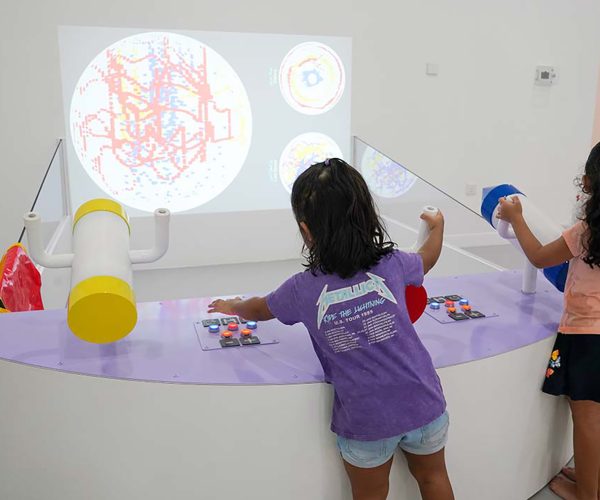
Where Art and Interaction Converge
In conclusion, these exhibits redefine the conventional boundaries of art appreciation, transforming it into an active and participatory experience. By blending technology, creativity, and community engagement, these exhibits become vibrant canvases where art comes alive through the hands and minds of visitors. Science centers and museums through their interactive arts displays, contribute to a cultural shift, making art more accessible, interactive, and relevant to diverse audiences. The result is a celebration of creativity, expression, and the boundless possibilities that unfold when art and interaction converge.


